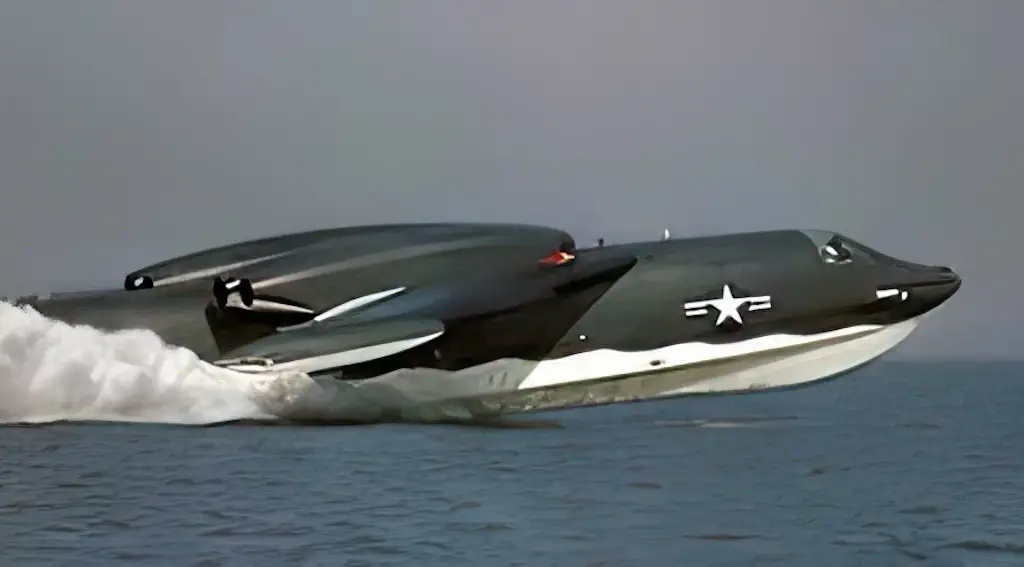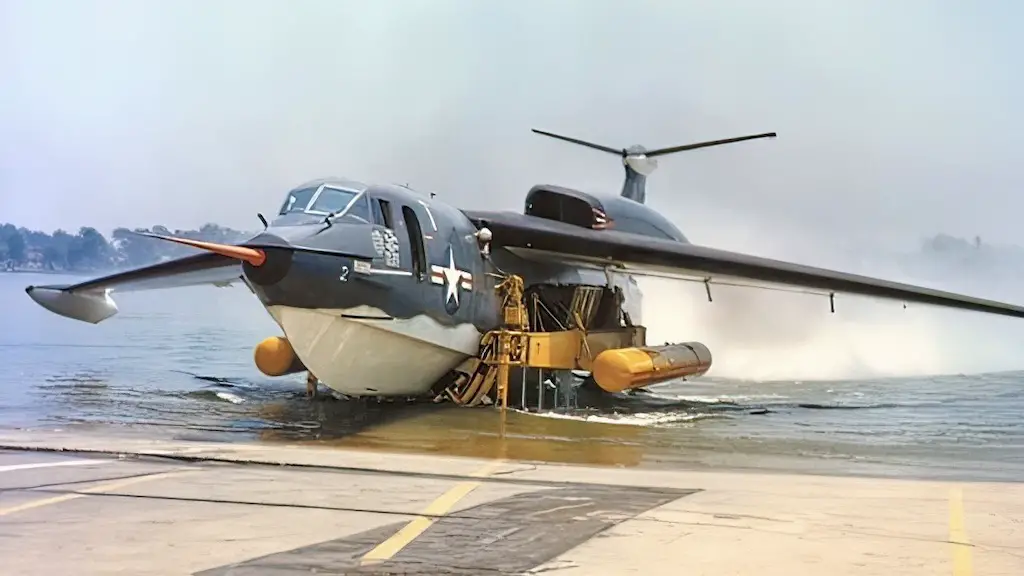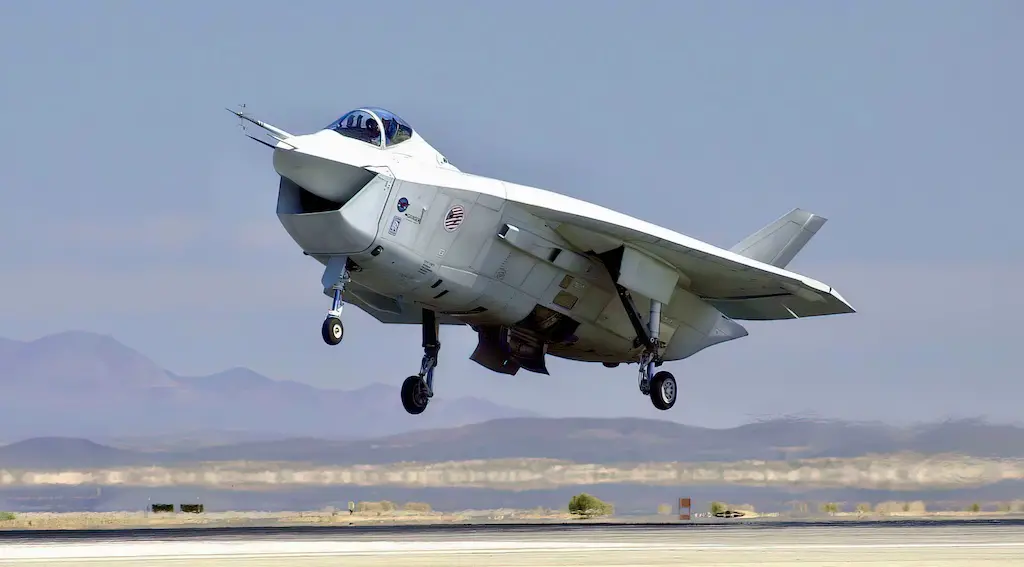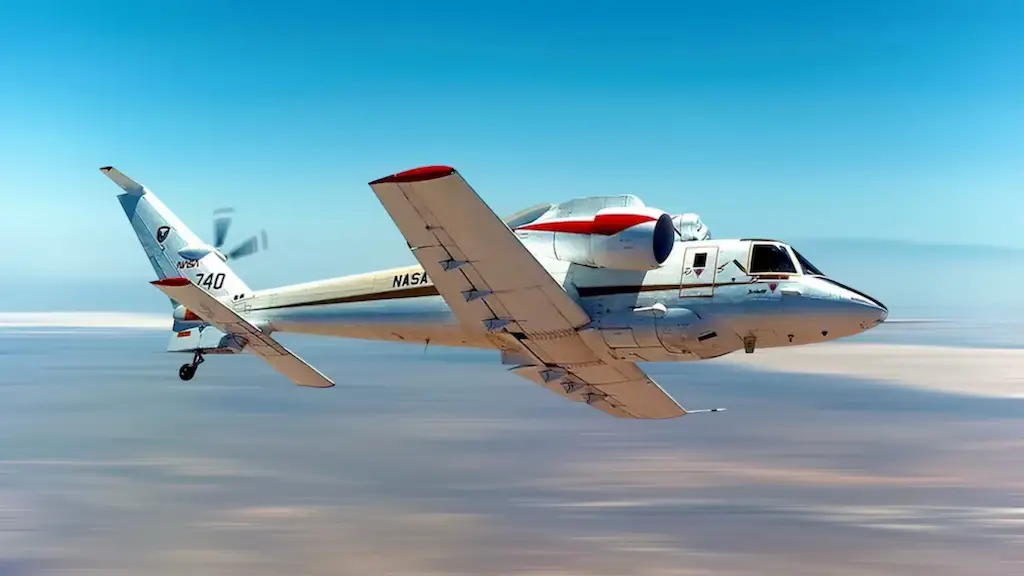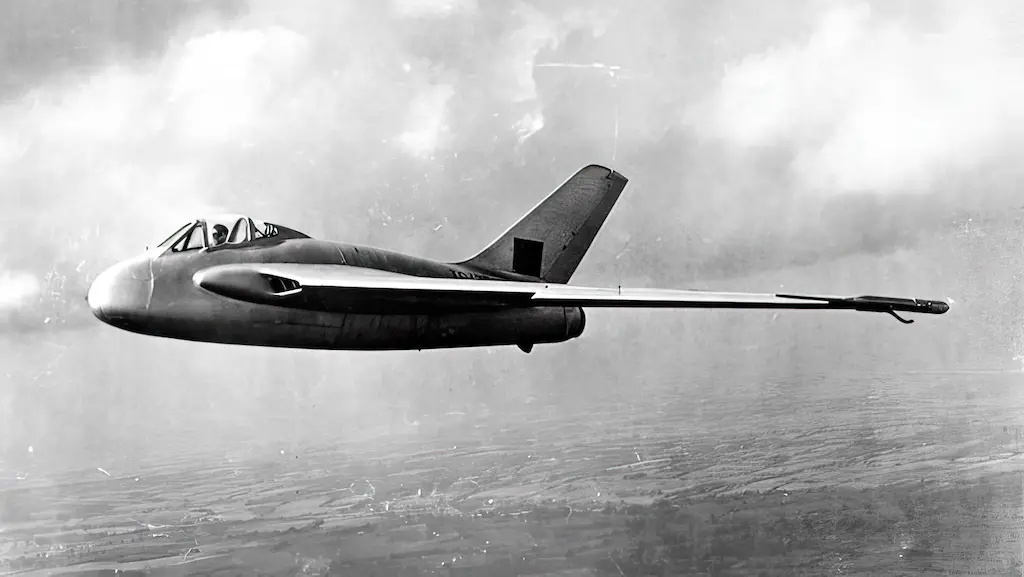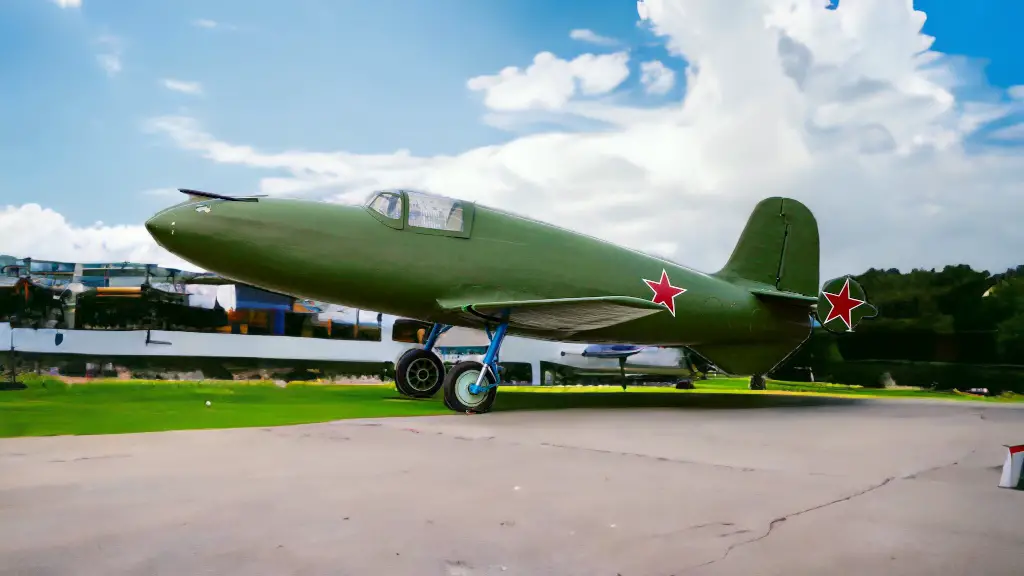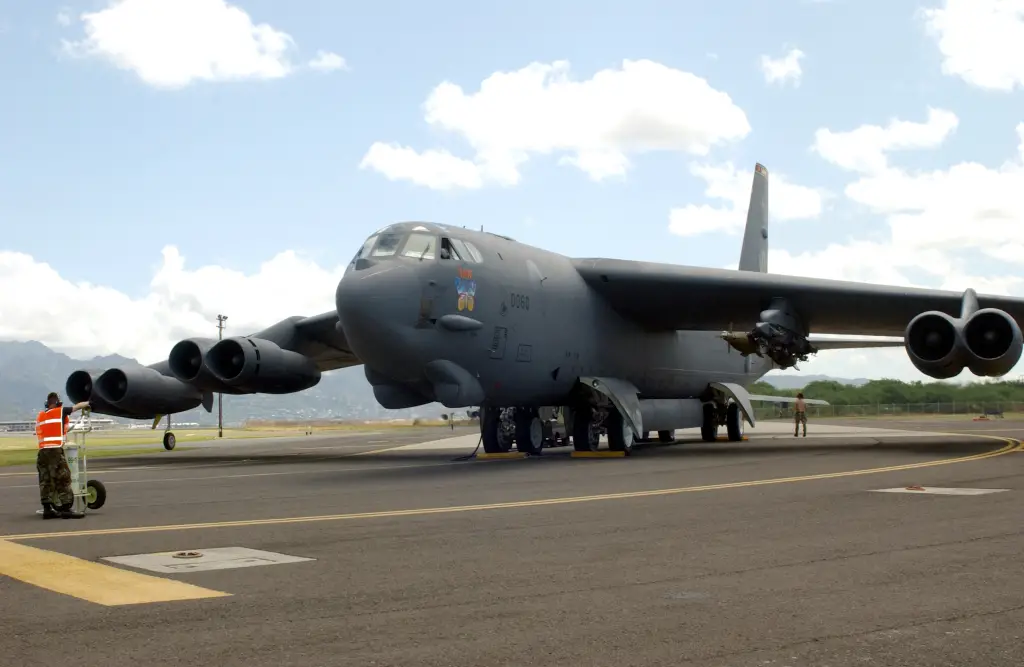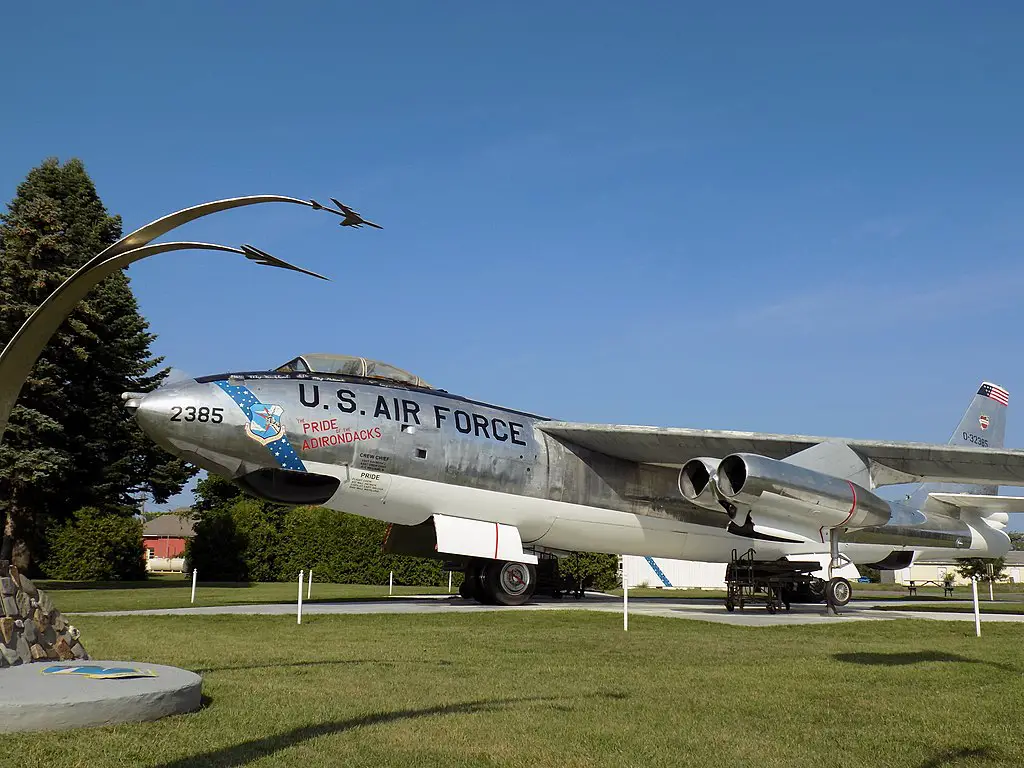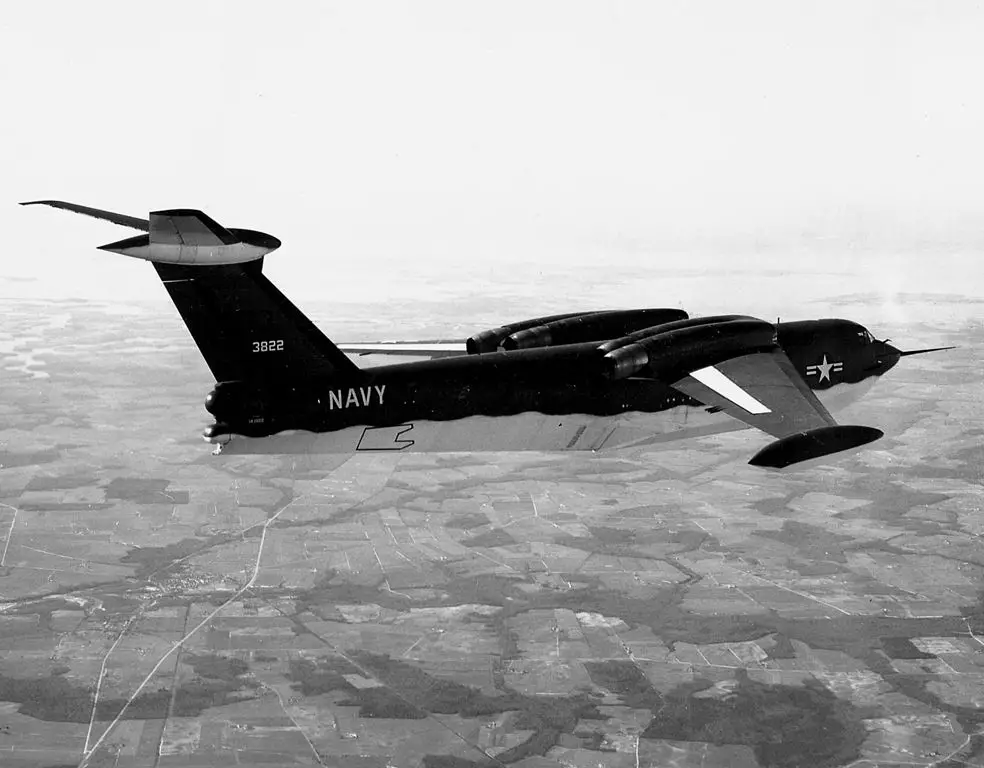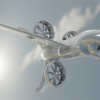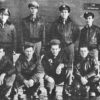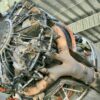In 1955 Glenn L. Martin Company built a jet-powered flying boat capable of flying at near supersonic speeds. The P6M SeaMaster was created with a view to serve as a strategic bomber carrying nuclear, as well as conventional weapons. At that day and age nuclear warfare strategies were just taking shape, with the range of possible delivery vehicles including options that would seem strange today.
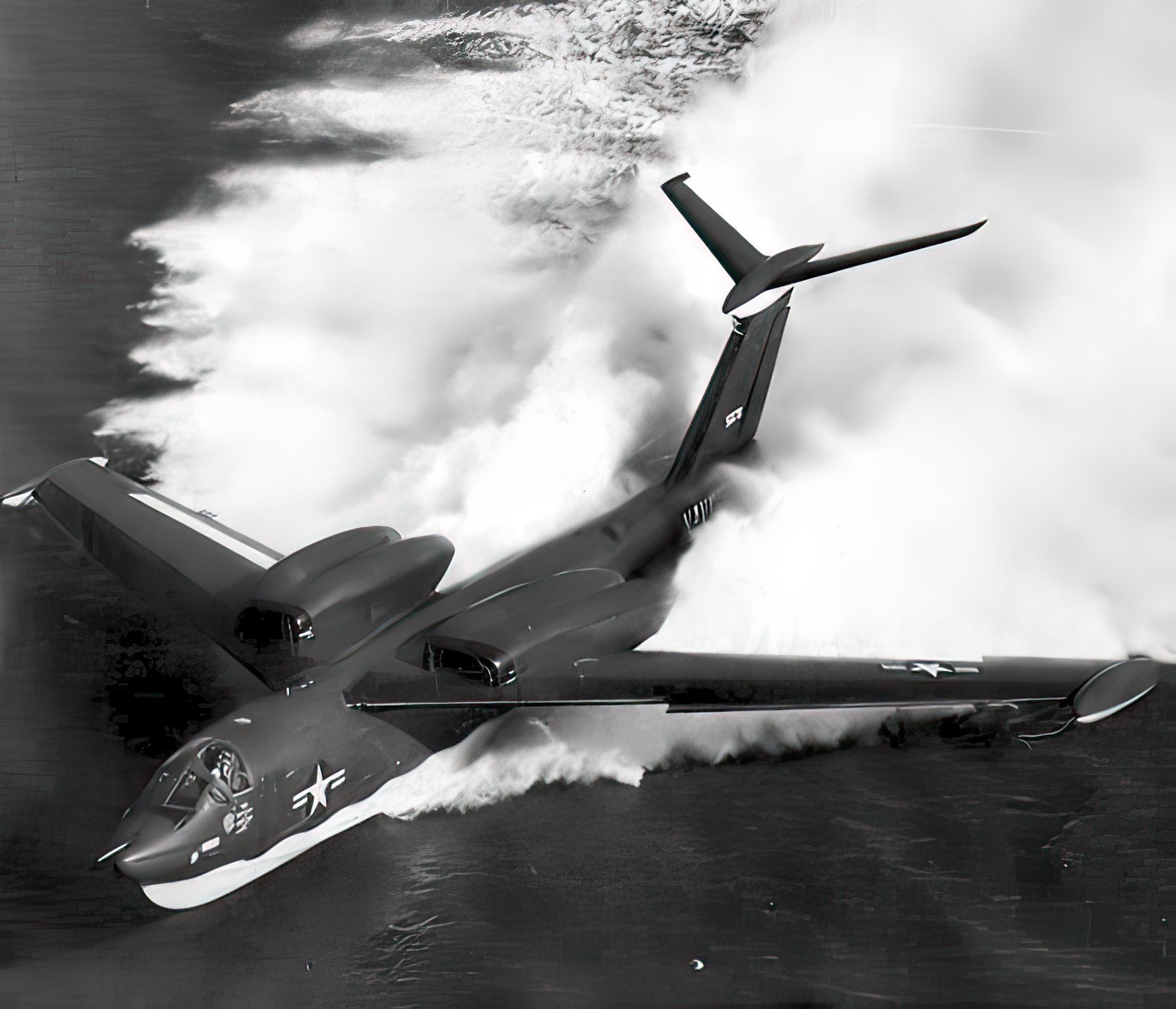
Navy’s strategic ambitions
As the Cold War was blazing up, nuclear arms and means of their delivery received increasingly more attention. Consequently, branches of the Armed Forces having such delivery vehicles at their disposal could expect to get more generous government funding than the others. Naturally, the Navy was eager to acquire strategic weaponry that could be as important as the USAF Strategic Air Command’s vast fleet of strategic bombers.
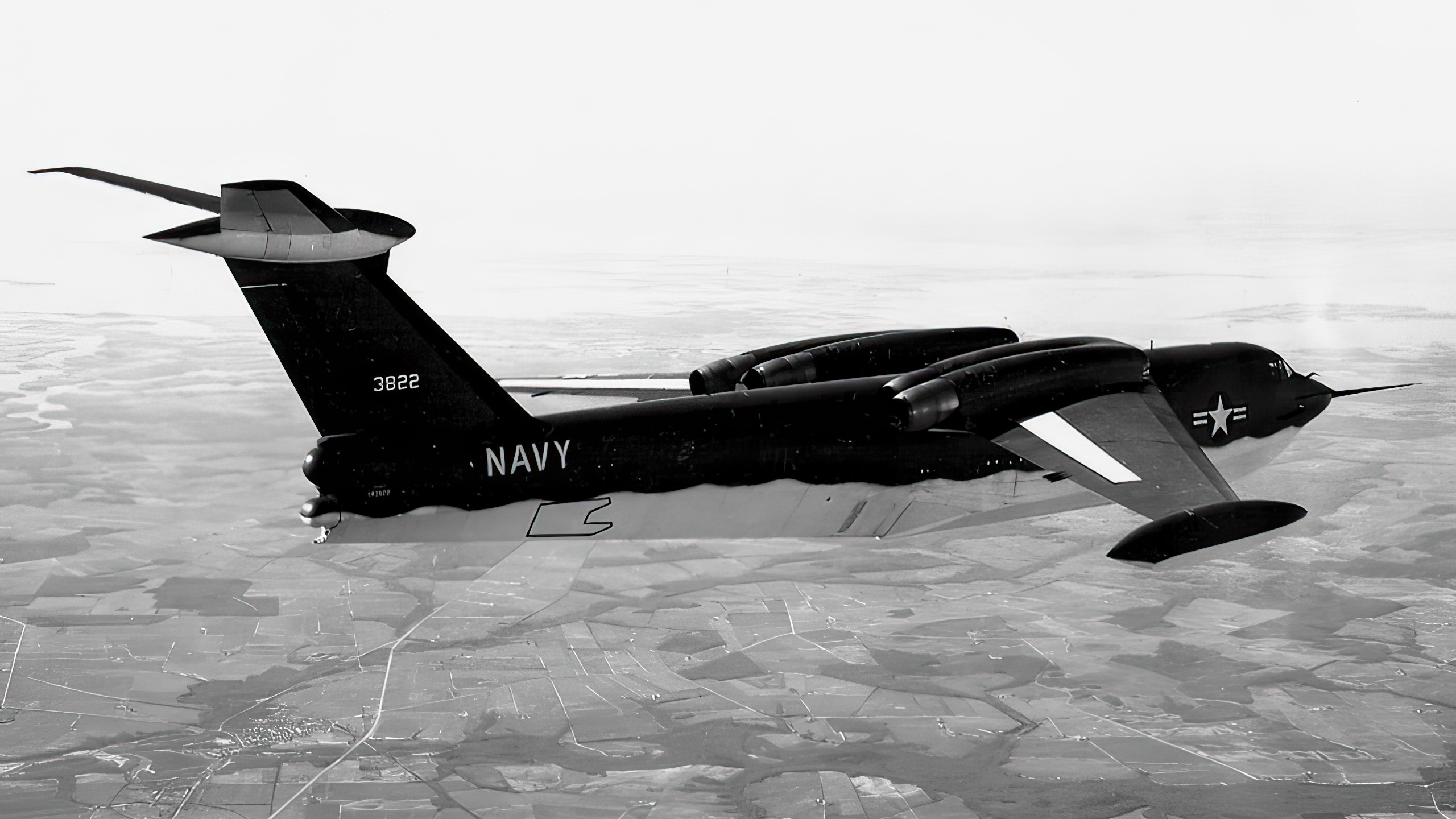
The project envisioning a series of gigantic supercarriers hosting nuclear-armed bombers was canceled soon after the keel of the first ship, the USS United States, was laid down. The Navy’s next million dollar idea was to establish the Seaplane Striking Force, a fleet of jet-powered flying boats capable of performing a broad range of tasks, including nuclear and conventional weapons delivery, minelaying and reconnaissance.
Ill-fated first prototypes
Glenn L. Martin Company chosen in 1952 to develop the aircraft test-flied the first prototype in July 1955. Unfortunately, in December of the same year it disintegrated in flight over the Chesapeake Bay following a horizontal stabilizer malfunction, killing all four crewmembers. Test flights of the second prototype resumed in May 1956. Half a year later the aircraft got out of control and broke up in the air. This time its crew managed to bail out safely.
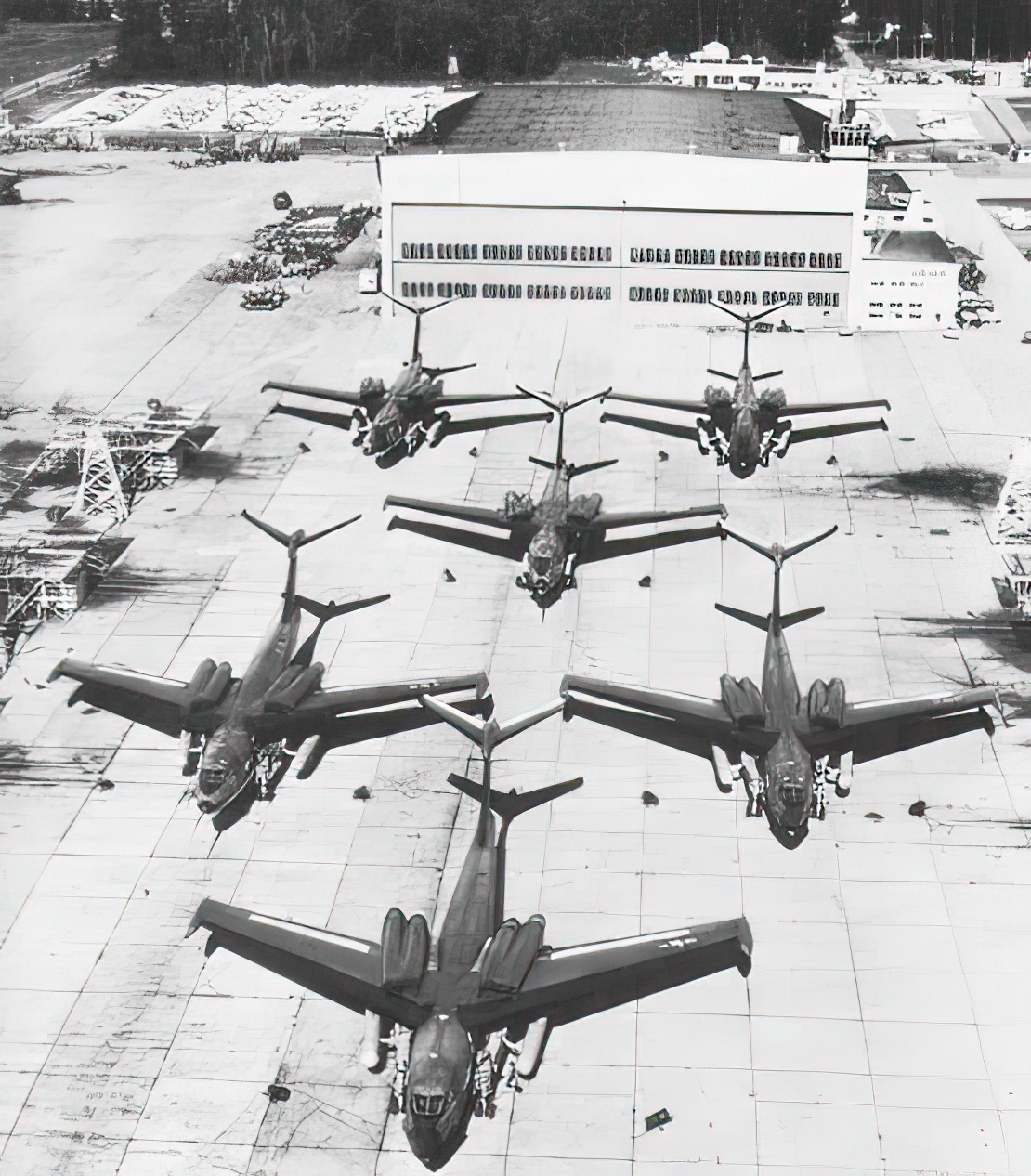
The final version
The production version P6M-2 SeaMaster was ready by early 1959. It was an elegant plane featuring a high-set wing sharply swept at 40 degrees and a T-tail. The SeaMaster was a hefty aircraft outsizing the Strategic Air Command’s mainstay B-47 Stratojet.
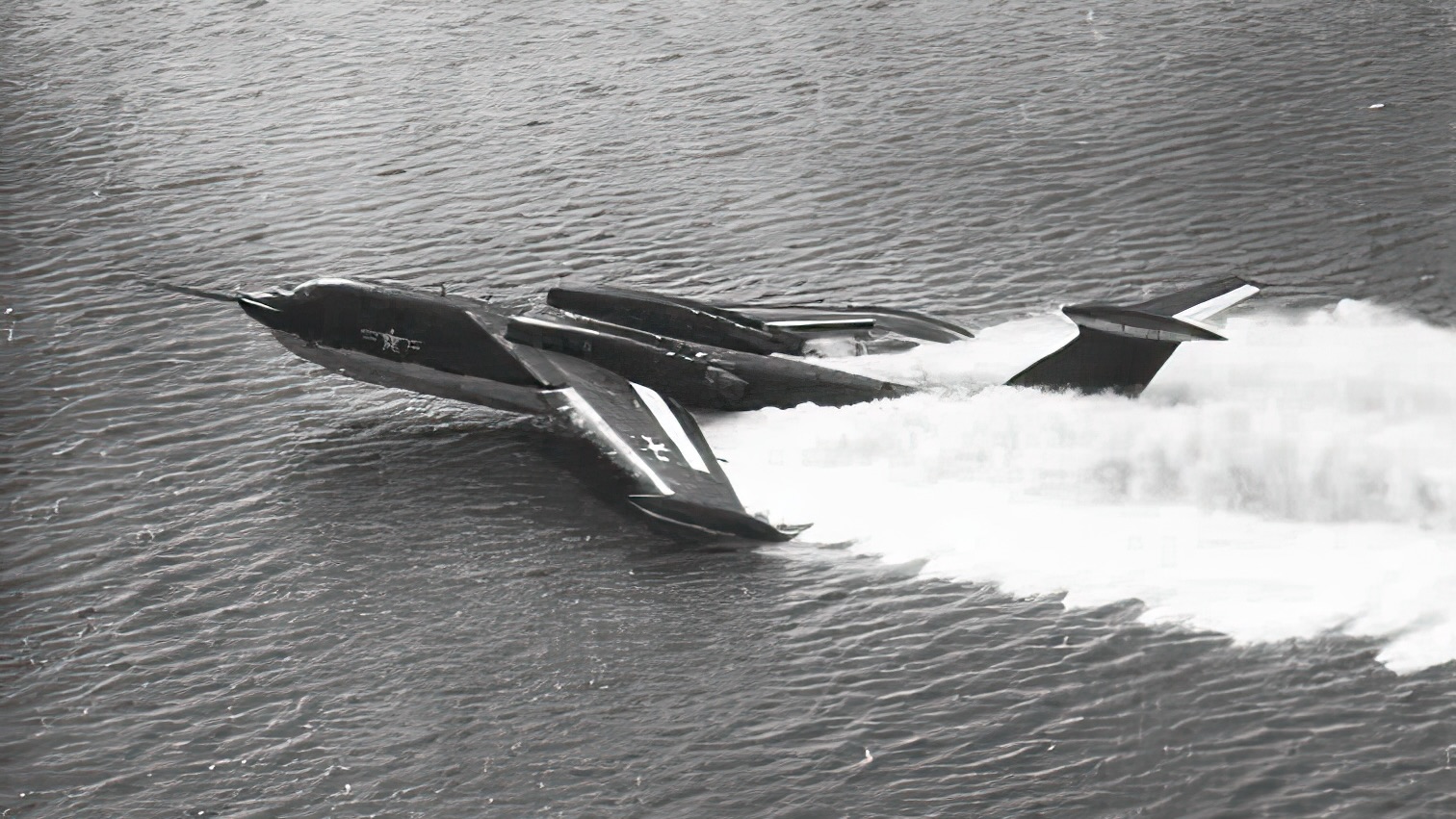
Powered by four 17,000-lb Pratt & Whitney J75-P-2 turbojet engines, it could fly at 0.9 Mach at low altitude, outpacing both B-47 and B-52 Stratofortress. Not to mention that being an incredible speed for a flying boat. The SeaMaster was equipped with an aerial refueling probe, but the Seaplane Striking Force concept envisaged that it could also be refueled by submarines and other naval vessels.
Last-minute cancellation
Once most of the aircraft’s teething problems were resolved and production got going, the Navy started preparing to introduce the P6M into service. Flight crews were already undergoing training, when the SeaMaster’s fate took an abrupt turn. The Navy was increasingly interested in submarine-launched ballistic missile technology, with first US submarine designed to carry SLBMs launched in June 1959.
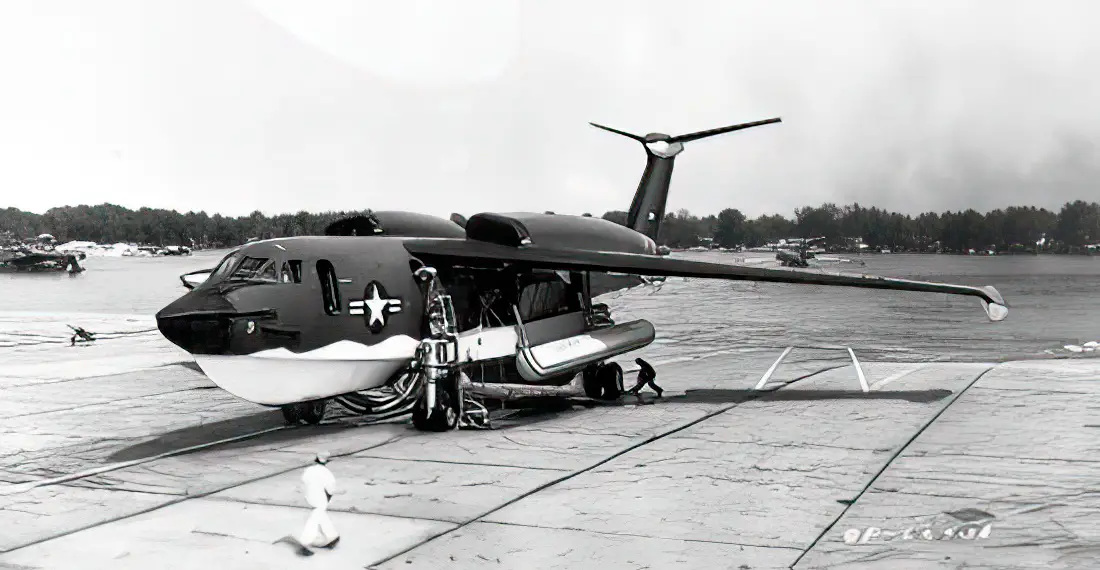
Maintaining both the Seaplane Striking Force and a fleet of nuclear subs would be too expensive, especially amid defense spending cuts initiated by the Eisenhower administration. So, when Martin had built just a dozen SeaMasters, the Navy decided to shift focus to strategic submarines development and discontinued quite costly P6M project in the fall of 1959.
One more try
It’s a pity, of course, that so much effort got wasted. That’s what they thought at Martin, too. So the company designed a project of a civilian airliner based on the P6M named SeaMistress. It would be even larger than the SeaMaster, featuring an eight-engine configuration. However, the age of passenger flying boats had been gone for good by then, and not a single airline showed interest in the SeaMistress.
